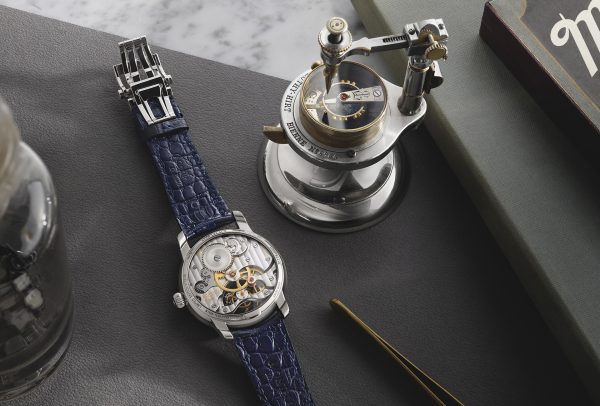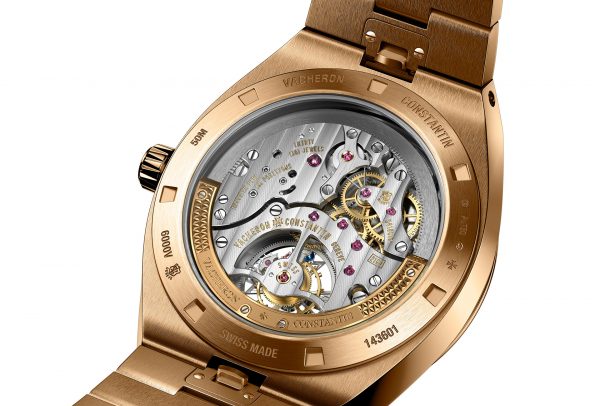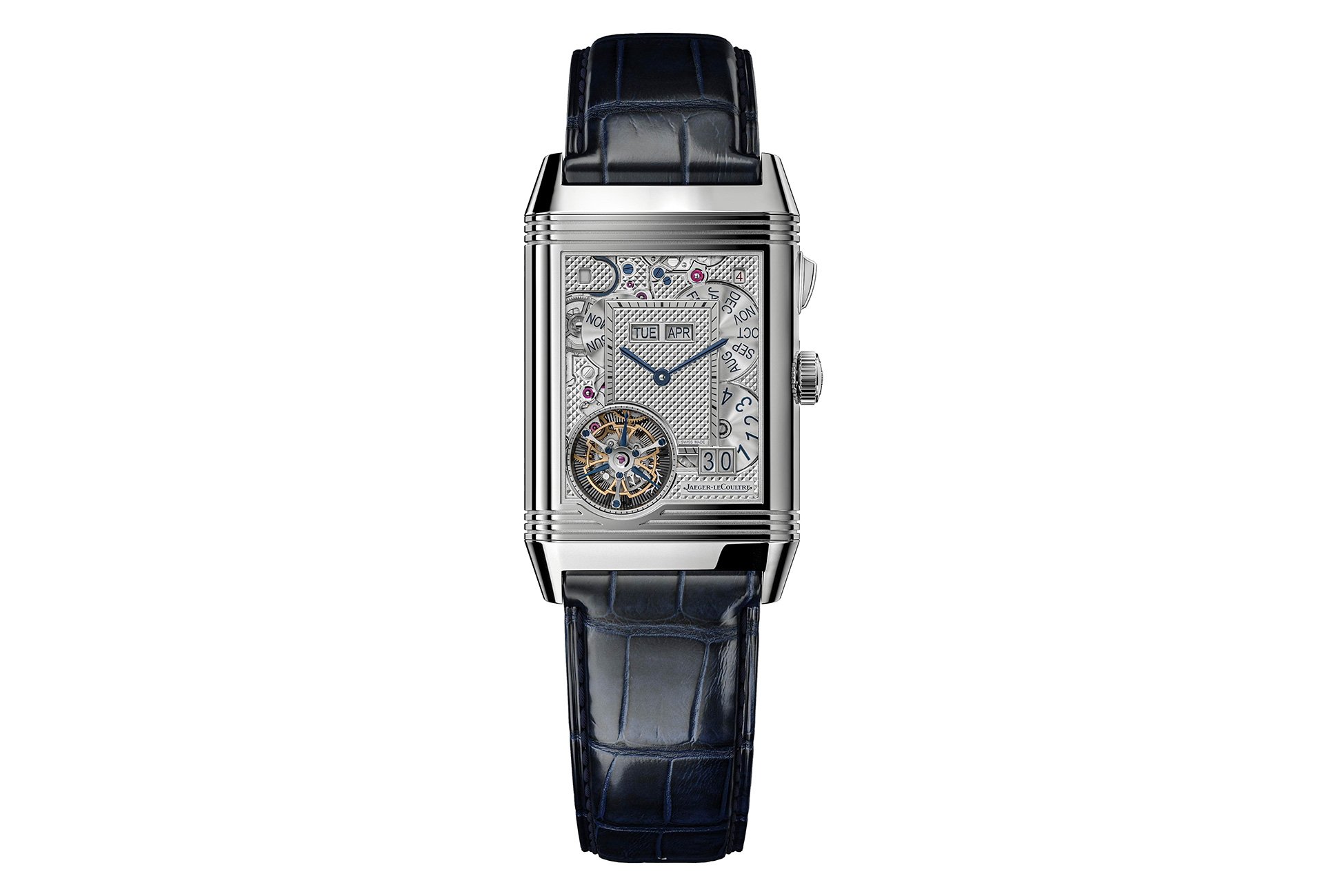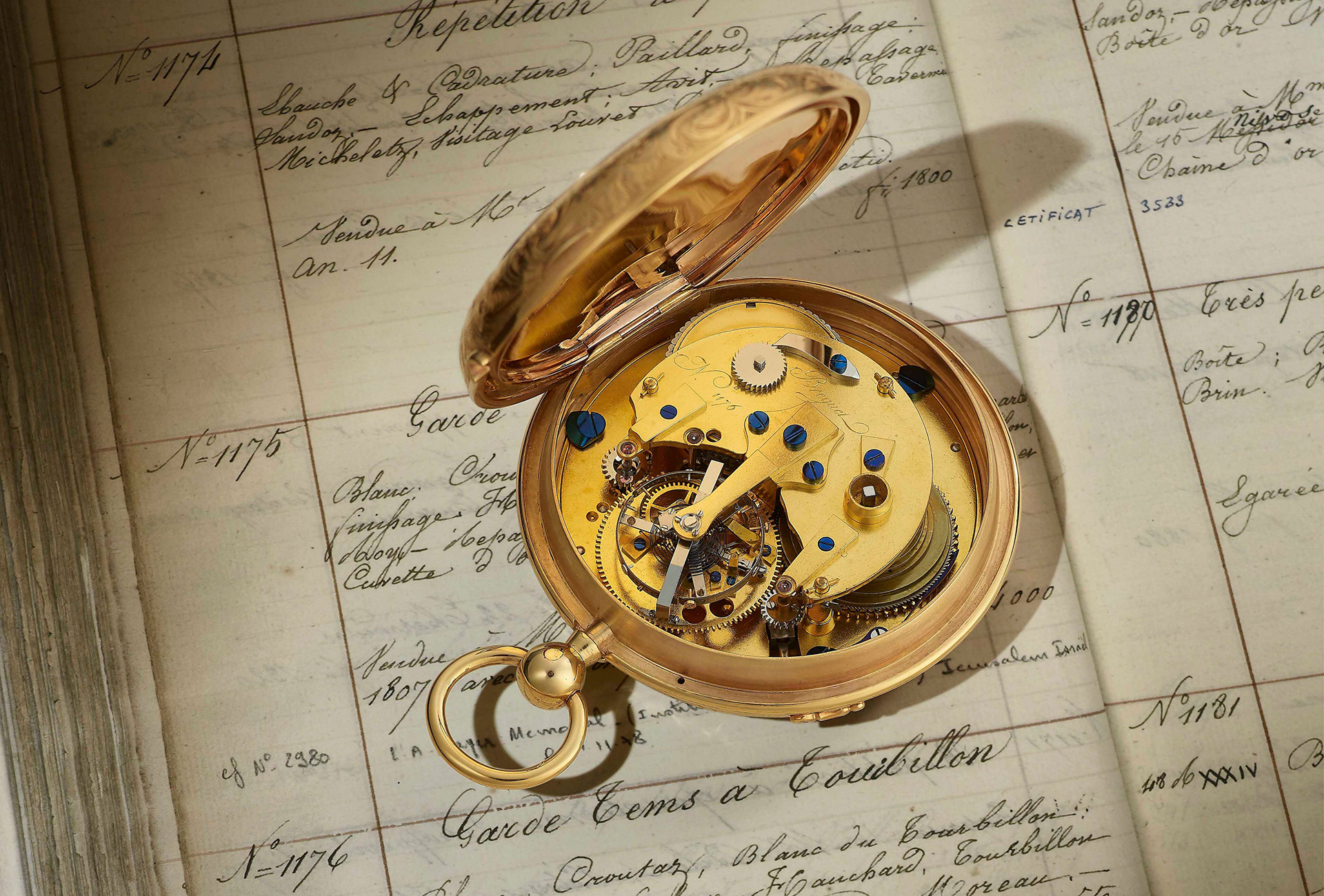These days, a watch enthusiast doesn’t have to look far to find a tourbillon. Practically every brand that makes complications makes one. Suffice to see the new releases at Watches and Wonders Geneva, the virtual fair that took place early April. Of the 40 exhibitors, 31 feature tourbillons in their regular collections and 18 of these proposed a novel interpretation. A tourbillon mechanism is a common addition to practically any timepiece with one of the classic complications, from a perpetual calendar to a chronograph, a minute repeater or a multiple time zone display. Then there are the grandes complications, such as the Reverso Hybris Mechanica Calibre 185 by Jaeger-LeCoultre, alongside the more elaborate interpretations: Montblanc’s exotourbilllon, Cartier’s mysterious double tourbillon, Greubel Forsey’s inclined 24-seconds tourbillon, Roger Dubuis’ skeleton double flying tourbillon and Purnell’s twin triple-axis tourbillon are all examples from this year’s Watches and Wonders.

Such a profusion and variety of tourbillons, proof of their makers’ technical skills and creative thinking, is relatively recent. For very many years, constructing this intricate mechanism, patented by Abraham-Louis Breguet in 1801, proved a challenge too great for most. Breguet (the man) himself came up against numerous obstacles, as Breguet (the brand) reminds us: “Through study and observation, Breguet had perfected his understanding of the factors – especially those affecting the escapement – that might impair the precision of a timepiece. Realising that he would not be able to solve single-handedly all the problems associated with the expansion of metals and the stability of oils, Breguet coped with those issues by working around them. He “compensated” for the effects of the laws of physics that affect the inner workings of a watch and, with them, its rate regularity. As Breguet was unable to alter the law of gravity, he chose to “tame” its effects. Who but Breguet could have proposed such a project? It required a solid grasp of science as well as an optimistic streak.”

The watchmaker’s determination and optimism prevailed. The mechanism he invented encloses the movement’s regulating organ (balance and spring) and distribution organ (escape wheel and lever) inside a mobile cage which, by rotating these parts through different positions, averages out the variations in rate caused by the effects of gravity. An ingenious concept that would prove far from easy to implement. The idea for the tourbillon probably germinated in Breguet’s mind while in Switzerland, between 1793 and 1795, but it was only six years later, having overcome the many unforeseen difficulties, that he was awarded a patent, and another six years before sales slowly began. “Breguet had likely underestimated the difficulties of fine-tuning this new type of regulator – another result of his habitual optimism – and the ‘considerable expense’ and ‘sacrifices’ that he mentioned in his letter to the Minister of the Interior concerning the patent on the tourbillon did not end in 1801. It took Abraham-Louis Breguet more than ten years not only to develop his extremely complex invention, but also to make it reliable.” Ultimately, Breguet and his staff produced 40 working tourbillons between 1796 and 1829, plus nine that were never completed.

Naturally, other watchmakers would encounter the same difficulties, and for this reason a pocket watch with a tourbillon remained a rarity that only a handful of makers could offer, among them Girard-Perregaux and Vacheron Constantin. The transition from pocket to wristwatch was a slow one, firstly because wrist movements perform the same function of constantly varying the position of the balance and escapement, and secondly because of the difficulties inherent to reducing the tourbillon’s size to fit inside the much smaller wristwatch case. Omega presented one of the first tourbillon wristwatches in 1947, followed a year later by Patek Philippe. The next notable successes came in the 1980s, not least when Audemars Piguet unveiled the first tourbillon wristwatch with automatic winding; an all the more remarkable achievement given its height of just 2.5mm. Since then, tourbillons have taken over Planet Watch in forms that range from classic to cutting-edge. While its usefulness in a wristwatch remains a hotly disputed subject, its mesmerising rotations have captured the hearts and minds of collectors who can join Breguet in celebrating the date of June 26th 1801, or rather 7 Messidor, year IX of the Republican calendar then in force: the day a certain Abraham-Louis Breguet was awarded a patent… for ten years.


























